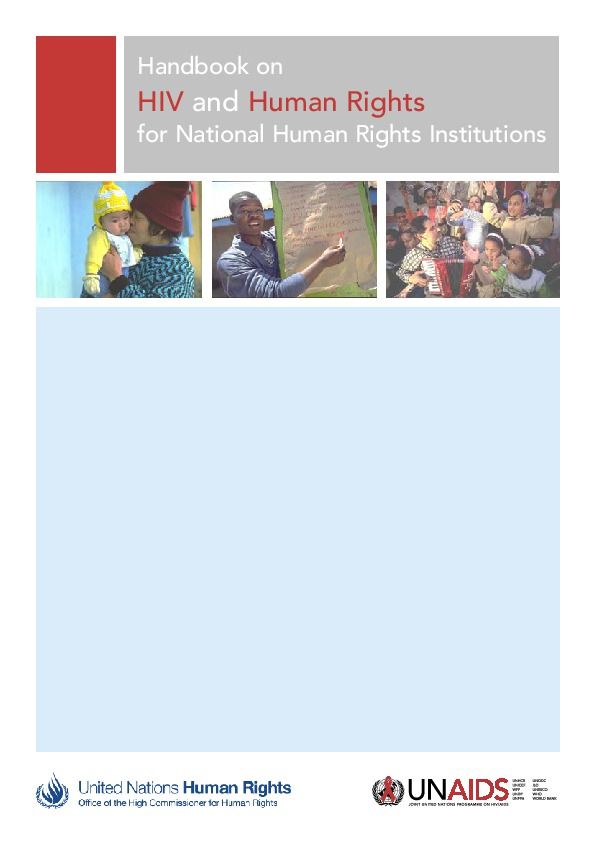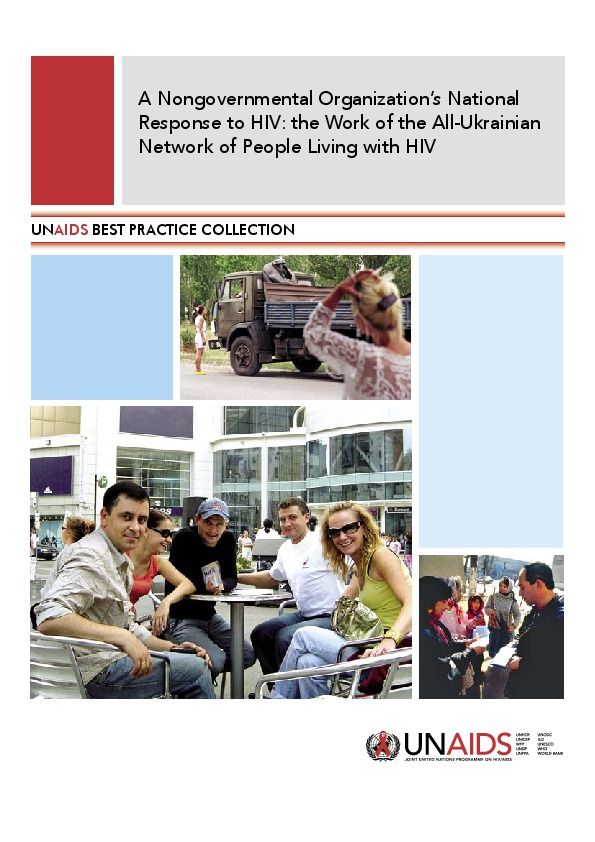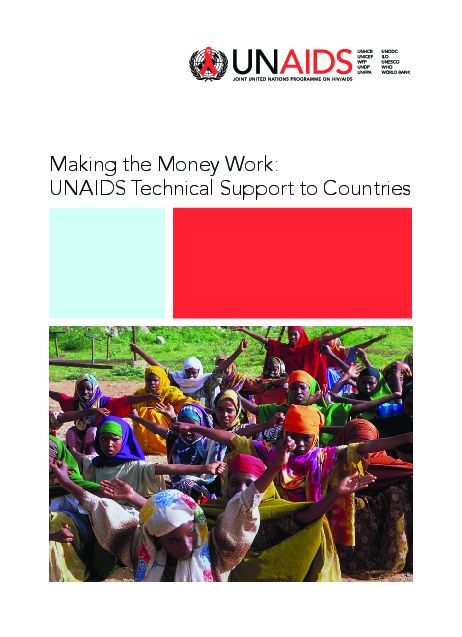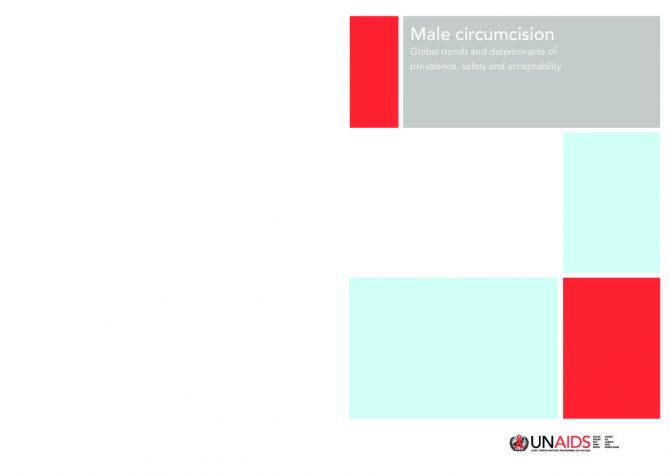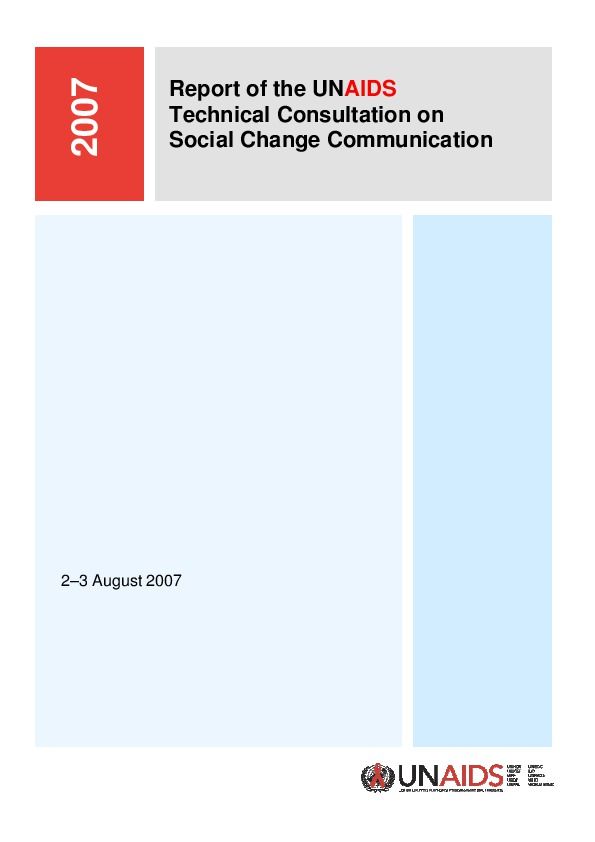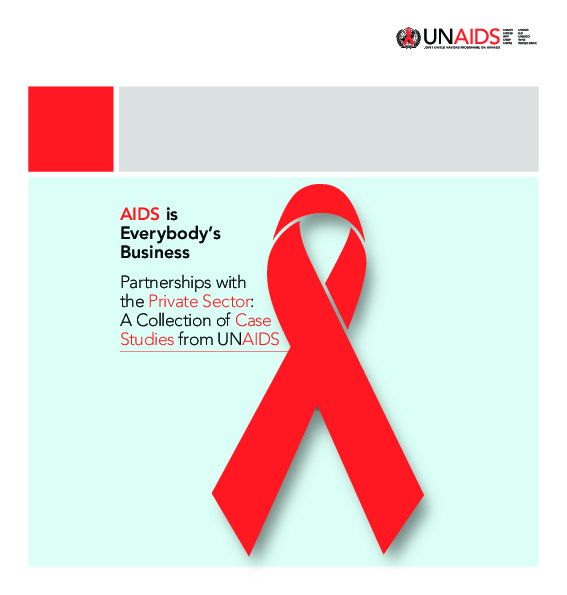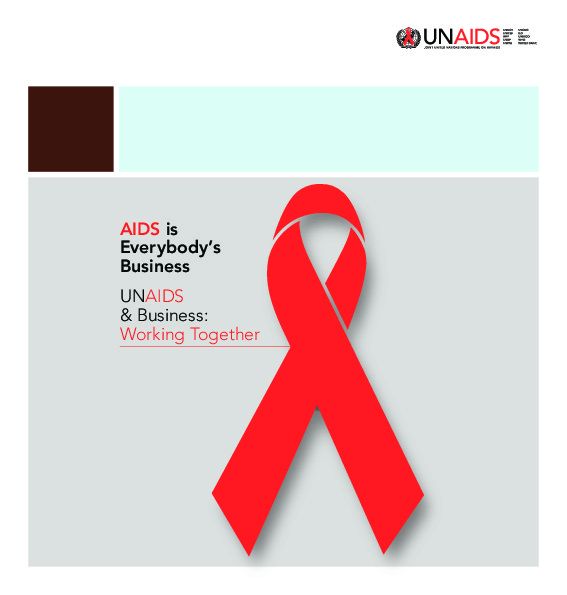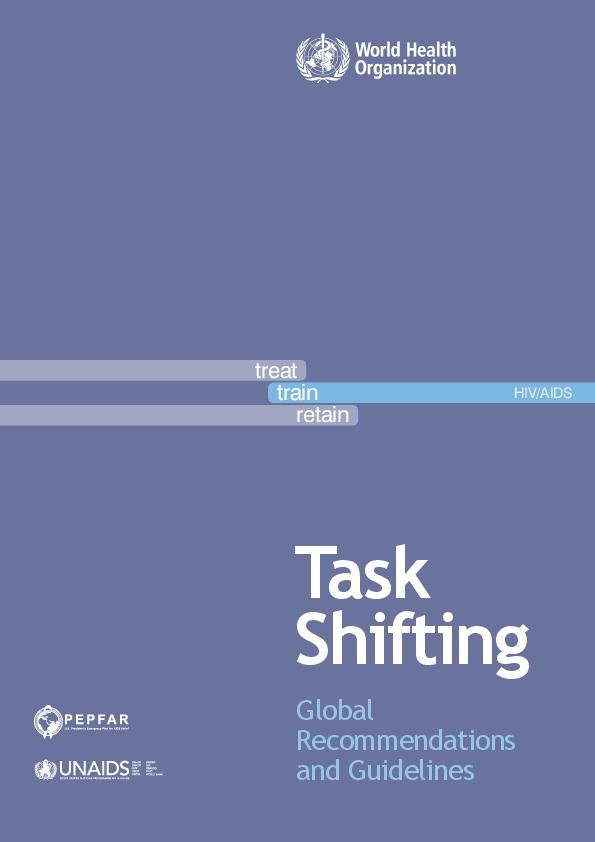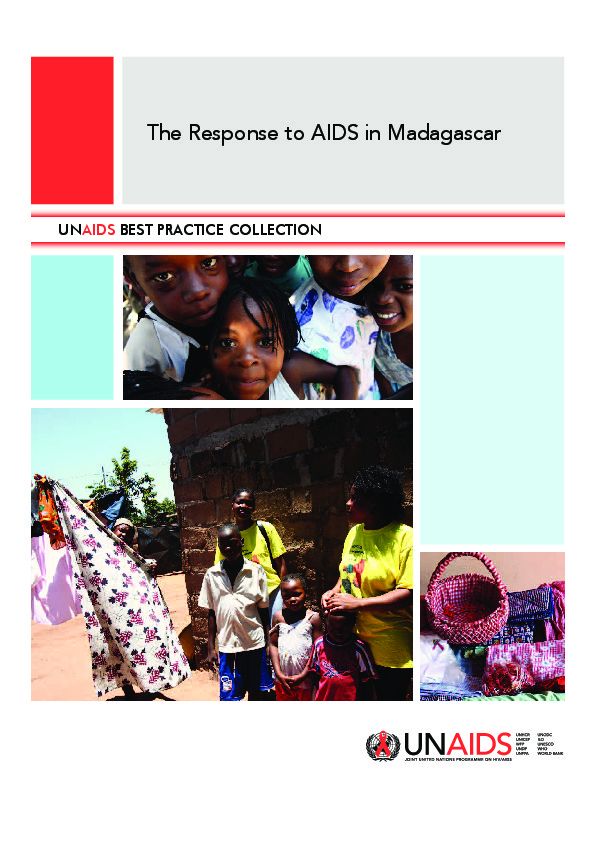Documents
Handbook on HIV and Human Rights for National Human Rights Institutions
10 août 2007
This Handbook is designed to assist national human rights institutions to integrate HIV into their mandate to protect and promote human rights. It provides a basic overview of the role of human rights in an effective response to the epidemic and suggests concrete activities that national institutions can carry out within their existing work. It also presents possibilities for engaging with the national HIV response in order to protect and promote human rights, in the context of the “Three Ones”.
Documents
A Nongovernmental Organization's National Response to HIV: the Work of the All-Ukrainian Network of People Living with HIV
14 août 2007
The All-Ukrainian Network of People Living with HIV was founded in the late 1990s by people alarmed by the rapidly growing epidemic in their country, and the lack of resources and support for themselves and others affected by HIV. Since then the Network has grown to provide services throughout the country. Key strategy components are: increasing access to care and support; lobbying and advocating protecting the rights of people living with HIV; seeking to increase social acceptance of people living with HIV; and enhancing the organizational capacity of the Network. This short document outlines the development of the Network and highlights lessons learnt, a longer study providing more information about the Network is available on UNAIDS’ website.
Documents
Making the Money Work: UNAIDS Technical Support to Countries
15 octobre 2007
Funding for AIDS has grown significantly over the past decade. In 2007, US$10 billion is expected to be available for the AIDS response – about one third coming from developing countries – compared to less than US$300 million in 1995. The substantial increase in financial resources has allowed countries to scale up their AIDS response with the ultimate goal of achieving universal access to HIV prevention, treatment, care and support.
Documents
Report of the UNAIDS Technical Consultation on Social Change Communication
17 décembre 2007
This document provides an overview of the discussions at the UNAIDS technical consultation on social change communication on 2–3 August 2007 at UNAIDS, Geneva. With 11,000 people being infected every day, HIV prevention is a global priority. UNAIDS Practical guidelines for intensifying HIV prevention urge countries to match prevention responses to their epidemics and stress the need to tackle the social drivers of the epidemic, such as gender inequality, HIV related stigma and discrimination and human rights abuses. The meeting explored the role of social change communication in achieving these ends through activities that are effective, measurable and can be taken to scale. A number of practical next steps and actions were identified and, building on the information generated at the meeting, guidance and technical support will be offered on social change communication for national AIDS programmes. A short paper on social change communication, describing the benefits and challenges of its application, will be developed. This will be followed by a high level briefing on social change communication and a technical update, which will explain what is meant by social change communication. It is hoped these documents will help UNAIDS country offices and national AIDS programme managers understand social change communication and enable them to promote it at the national level. They will be disseminated well before the 2008 UN General Assembly reporting.
Documents
AIDS is everybody's business: partnerships with the private sector
28 décembre 2007
Thisa is a collection of case studies from UNAIDS. This summary cannot fully capture the diverse range of partnerships that the UNAIDS secretariat and its cosponsors have initiated with the private sector. It is a first attempt to collect stories that highlight just a few of the ways in which we work with this important constituency. The talent, resources, experience and commitment of business must play a central role in designing, implementing and promoting effective responses to HIV. UNAIDS is committed to further engaging with the private sector as a long-term partner in the response to AIDS at global and local levels.
Documents
AIDS is everybody's business: UNAIDS & business - working together
28 décembre 2007
Being part of an effective response generates goodwill and demonstrates a company’s commitment to good corporate citizenship and to the well-being of its employees, customers and communities. There are many ways for businesses to contribute to the AIDS response. From the largest multinational corporations to the smallest enterprises, companies can choose the type and level of participation that suit their strengths. While models for partnership are practically limitless, possible activities include workplace programmes, advocacy, cash and in-kind donations.
Documents
Task Shifting - Global Recommendations and Guidelines
31 décembre 2007
‘Task shifting’ is the name given to a process of delegation whereby tasks are moved, where appropriate, to less specialized health workers. These recommendations and guidelines on task shifting, produced by WHO with the US President Emergency Plan For AIDS Relief (PEPFAR) and the Joint United Nations Programme on AIDS (UNAIDS), provide a framework that is informed by all we now know about the ways in which accessto health services can be extended to all people in a way that is effective and sustainable.
Documents
The Response to AIDS in Madagascar
06 février 2008
The response to AIDS in Madagascar has, for a long time, been compared to a helpless vessel drifting on a stormy sea. Since there was no common vision, no coherent communication strategy to accompany the measures, and no clear leadership—even less any
systematic follow-up—the response could be compared to a place where everybody was fighting their way to mark their territory or to a blank page on which everybody could, in indescribable cacophony, write and play their own music.

